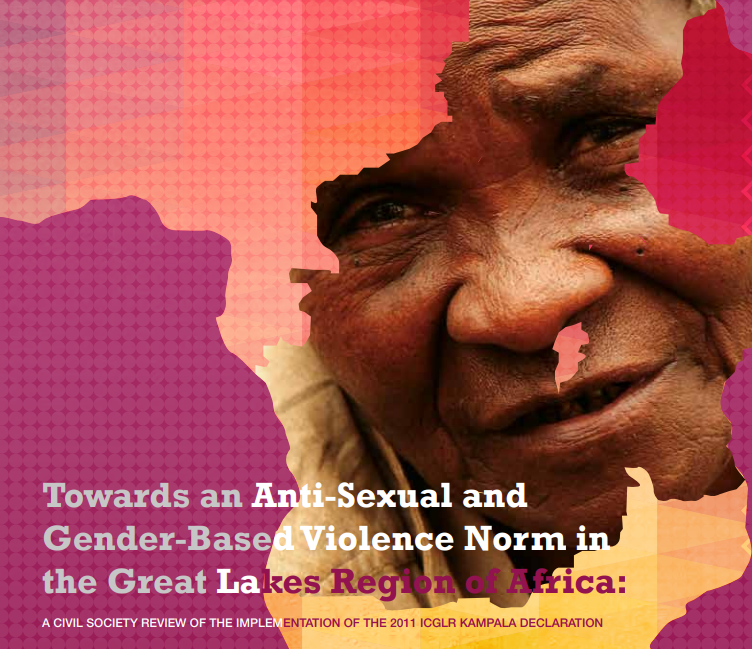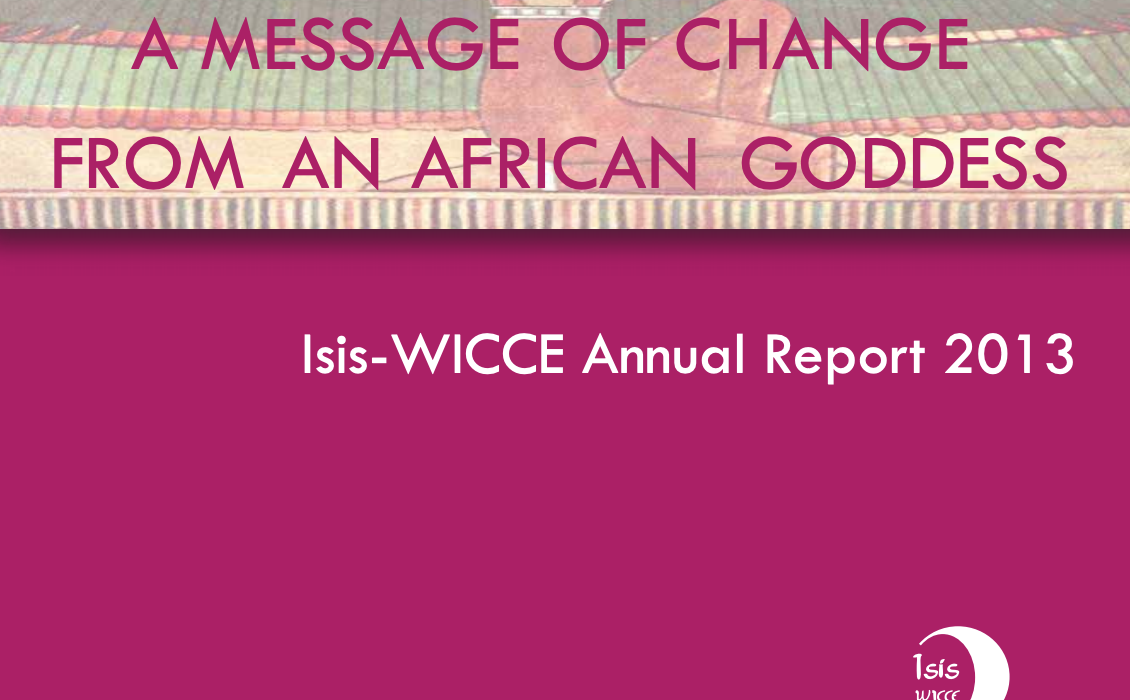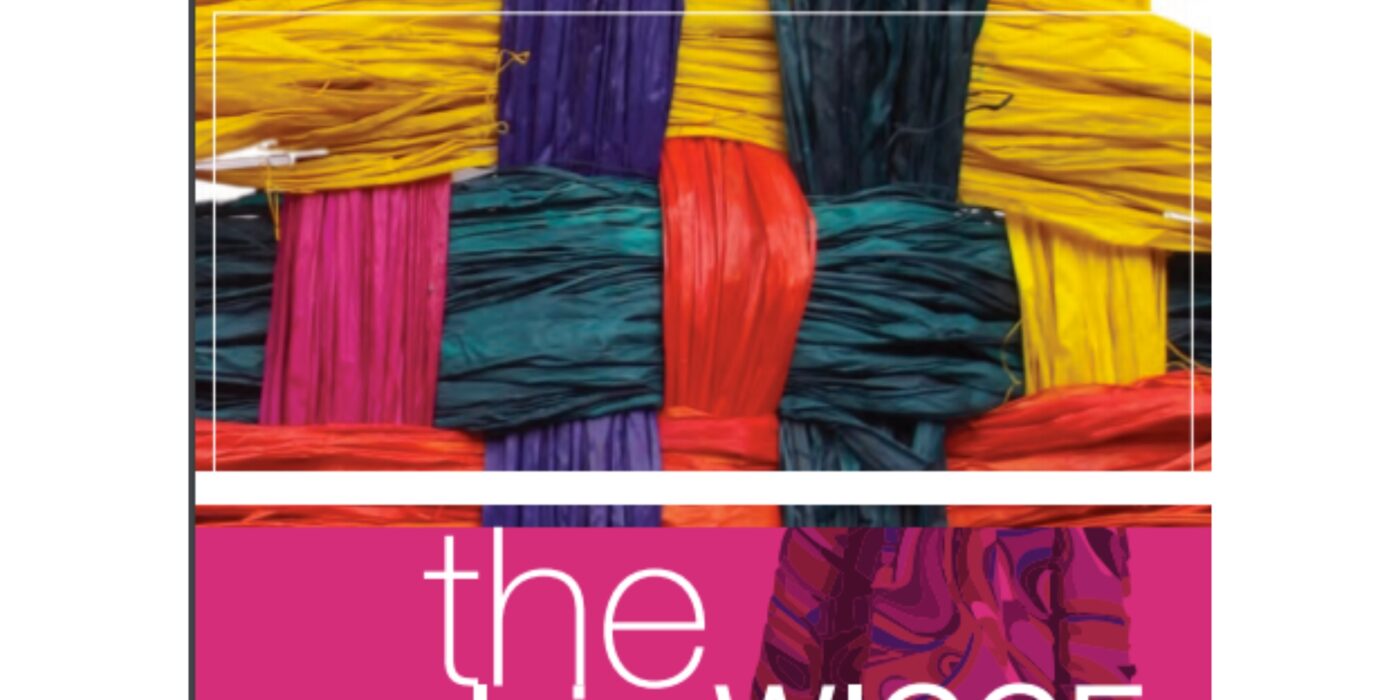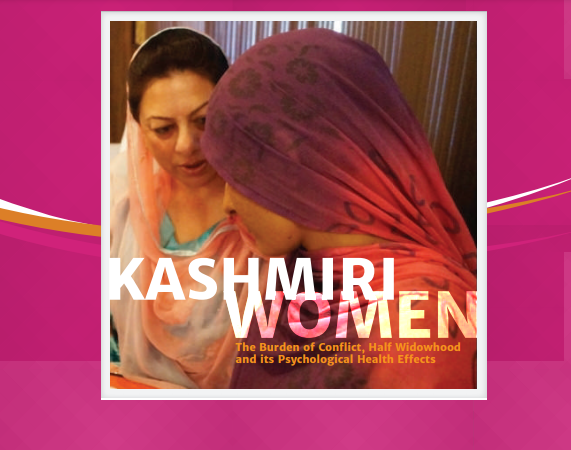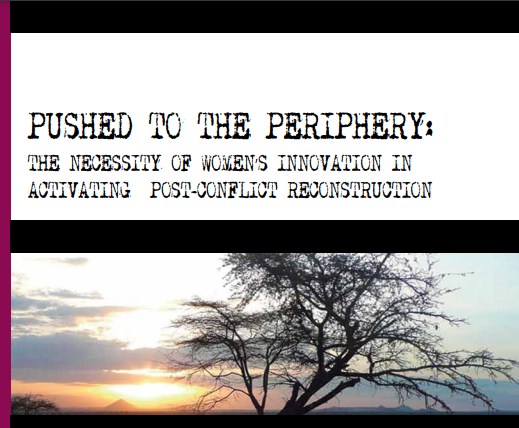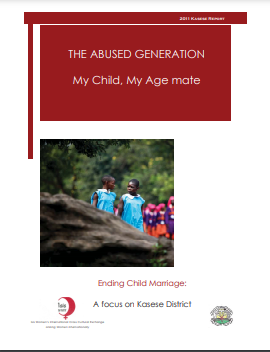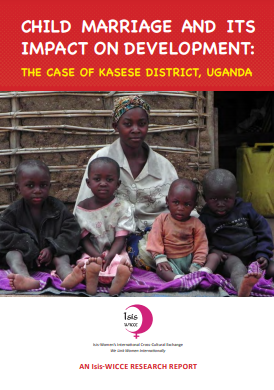The year 2013 meant a new journey for Isis-WICCE. We began implementing our new strategic plan after series of sessions involving reflections, critiques and strategizing for the future.
We developed our new strategic plan after series of sessions involving reflections, critiques and strategizing for the future. In line with the goals and objectives of the strategic plan, we have amplified voices, we ignited women’s agency to re(create) peace as defined by women. Oftentimes development approaches involve planning on behalf of communities. The implementation of those plans tends to perpetuate inequalities and disenfranchise women.
Our approach to work recognizes and respects the voices of women, girls, men, and boys in armed and post conflict countries. We challenged governments to deliver on policy promises and commitments made at national, regional and international levels through our documentations that reveal gaps in policy implementation particularly for countries where we worked. We provided healing to women; we believe that peace building cannot be sustained without healing the body, mind and spirit of women survivors. Over time, we observed that quantifying this type of work is very difficult, however we have used women’s stories to capture the changes in their lives, we have developed a monitoring framework to help us track the work we do and the difficulties that arise from the nature of our work. We are consoled that when we heal one woman, when we shift one woman’s life, it will impact on her wellbeing and also impact on the socio economic status of her family and the community at large.
